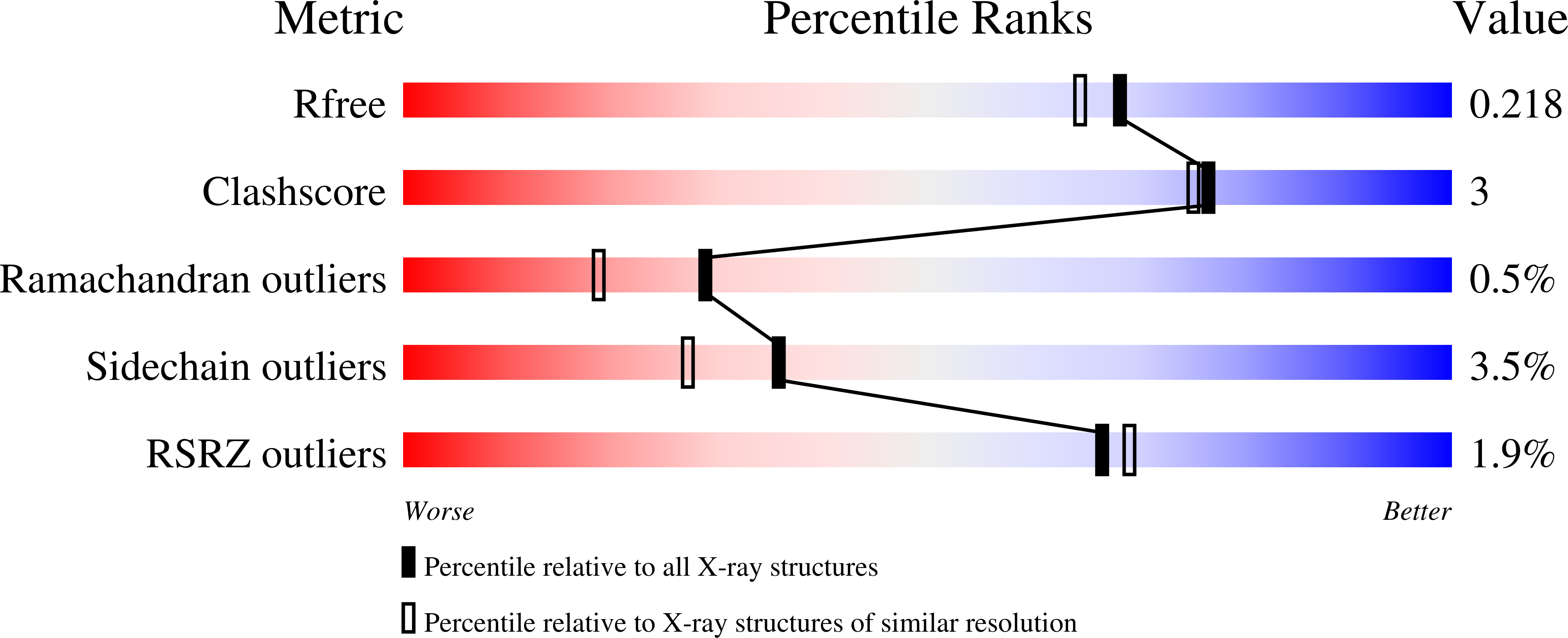
Deposition Date
2007-03-13
Release Date
2007-09-11
Last Version Date
2024-10-23
Entry Detail
PDB ID:
2EIQ
Keywords:
Title:
Design of Disulfide-linked Thioredoxin Dimers and Multimers Through Analysis of Crystal Contacts
Biological Source:
Source Organism:
Escherichia coli (Taxon ID: 562)
Host Organism:
Method Details:
Experimental Method:
Resolution:
1.90 Å
R-Value Free:
0.21
R-Value Work:
0.18
R-Value Observed:
0.18
Space Group:
C 1 2 1


